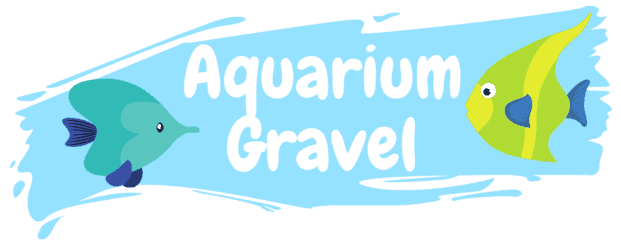Last Updated on November 25, 2021 by cmoarz
Whoops! You’ve gone and overdosed your aquarium or pond with API algaefix! Now you’re scouring the internet looking for a solution to this mess of an emergency!
Don’t worry, This article is for you – And it’s written so you get the information you need right now so you can go deal with your fish as quickly as possible, hopefully saving their lives!
Here is exactly what you need to do to deal with an API algaefix overdose
Table of Contents
First things first, take a deep breath. You’ve got some time to reverse this situation so don’t stress! Your fish aren’t going to start going belly up right this second.
You will need to act somewhat quickly however, luckily the instructions are easy and quick enough to do without much fuss.
Whether it be a pond or an aquarium, this overdose fix will be pretty much the same thing. The only difference being is the quantities of water you’re going to need to deal with.
First, you need to do a large water change.
This alone will not fix the situation – But it will start getting you ready for the next part.
To do a large water change, siphon as much of the water from your aquarium or pond as you can using your usual hose. You don’t have to get every single drop out but at least 70% should be removed.
In the case of ponds, If you have a pump, consider using it as it will go much quicker.
While your aquarium or pond is draining, Add an airstone
This is especially true if it’s a hot day or the water is fairly warm. Warm water already has a hard time retaining oxygen naturally, with the added algaefix chemicals using up a good portion of the available oxygen you will need to replenish it as fast as possible.
Depending on the size of your pond, Use an airstone and air pump that’s adequately large enough.
For an aquarium under 55 gallons, 1 airstone should be fine in this case. For more than 55 gallons you may want to consider using extra if you don’t already have some in the tank (which you should!).
Fill the pond or aquarium back up
Once the pond or aquarium has been drained roughly 70%, Fill it back up with clean water (treated with de-chlorinator preferably).
Keep the airstone in overnight. You can keep it in longer as well, it’s only beneficial to the ecosystem and fish, and won’t do any harm! (You probably have one in there 24/7 anyway already).
That’s it, Your pond or aquarium is now safe, Your fish will be fine, and you have no reason to worry anymore.
A 70% water change should have been enough to remove and dilute the algaefix to an acceptable level.
If you are still worried or think you put in more than a double or triple dose of algaefix, you can do another 50% water change which should bring the alage fix levels down to normal levels.
Keep in mind, another water change is more likely to stress out the fish than the algaefix itself.
The bad news: Algaefix overdoses can and will kill fish.
The Good news: You got to it fast enough that it won’t happen to your fish!
I didn’t overdose my tank but my fish are dying anyway! Help!
Some fish are quite sensitive to algae removers. In retrospect, they are quiet toxic to fish.
There are many types of algae removers, I’m sure some work great for some people and not others.
If you’re running into this problem (and you’re reading this article), It’s possible the fish in your aquarium or pond were too sensitive for the algae remover.
This is especially true for shrimps, inverts, etc.
Safer alternatives to algae fix
Algae removers are toxic and should be used sparingly.
If you can wait out algae, Algae is actually quite easy to remove manually (with the exception of some Nasty forms such as brush algae).
The better alternative than using potentially dangerous chemicals is to simply remove light and nutrients from the tank.
For an aquarium, simply don’t turn on the light, and cover up the sides of the glass with cardboard so no light enters.
For ponds, Consider using a large thick tarp that doesn’t let much light through.
Do frequent water changes and lower the number of feedings to reduce nutrients in the water. Don’t worry, your fish will be fine for the course of treatment!
This procedure will kill off algae very quickly as it’s very dependant on the light cycle to survive and grow. Without light, it will stop growing immediately. Prolonged periods of time without light will see algae shrivel and die.
Finally, as algae is broken down by bacteria, it will produce ammonia and nitrates which the plants in your aquarium or pond will love!
Eventually, you will see no more algae.
Test periodically for ammonia and nitrate spikes.
Good luck fish lover!
About
Owner of AquariumGravel.com and also owner of actual Aquarium Gravel believe it or not! ;). Setting up beautiful aquarium sceneries and habitats since I was very young. Enjoy!
- Web |
- More Posts(290)

